Dunes stretch as far as the eye can see, shifting in color from red, to orange to beige. Suddenly a flash of white appears on the horizon, then another. A pair of Arabian oryx comes into view.
While today a highlight of visiting the Dubai Desert Conservation Reserve, these legendary antelope—often referred to as Arabian unicorns for the way their horns converge—were nowhere to be found a few decades ago. Due to overhunting, the global species population dwindled to a mere handful in the 1970s.
However in 1999, as part of the conservationist vision of UAE founder Sheikh Zayed bin Sultan Al Nahyan, 70 Arabian oryx were reintroduced to the reserve. That number has since swelled to over 400, making it the largest free-roaming herd of its kind in the UAE. The success of the reintroduction program has transformed the reserve into center for conservation research as well as a rapidly growing destination for travelers looking to catch a glimpse of the remarkable animal.
Recognizing the importance of protecting its diverse environment for future generations to enjoy, the UAE continues to make conservation a priority and has established 43 protected areas spanning 14 percent of the country. Its many landscapes include sweeping deserts, verdant oases, mangrove-lined wetlands and tropical islands teeming with fish.
Here are 10 ecotourism opportunities not to miss: from watching critically endangered hawksbill turtles hatch to kayaking through mangroves and seeing Arabian oryx roam free.
1) Take a Wildlife Drive on Sir Bani Yas Island
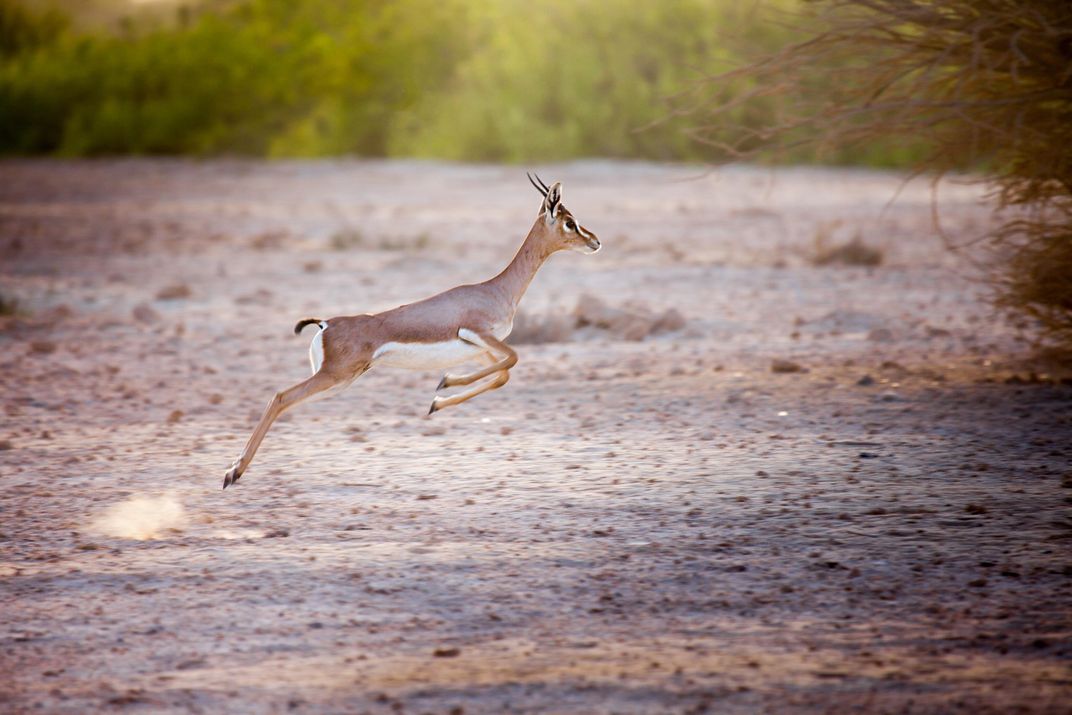
The largest of eight islands off the coast of Abu Dhabi, Sir Bani Yas was the much-loved personal retreat of the late Sheikh Zayed until his passing in 2004. Here, as part of his ‘Greening the Desert’ program, the UAE’s founding father oversaw the planting of hundreds of trees and established a wildlife conservation center. Today, the island is open to the public and remains a sanctuary for all matter of flora and fauna. Spend a night at the Desert Island Resort & Spa by Anantara, then head out on a two-hour wildlife drive through the Arabian Wildlife Park where over 13,000 animals roam free. You’ll spot both native animals, such as the sand gazelle and Arabian oryx, and carefully managed exotic species, including giraffes, cheetahs, hyenas and ostriches.
2) Tour the UNESCO-listed Al Ain Oasis
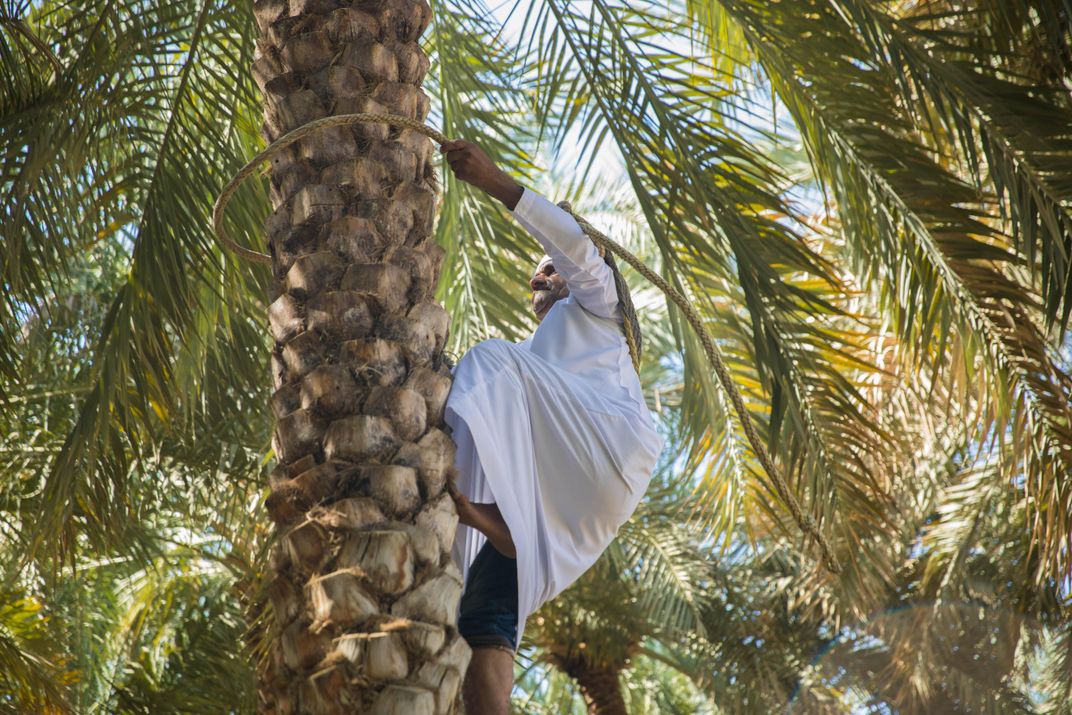
Located in the shadow of the Jebel Hafeet Mountain on the border of Oman, Al Ain Oasis is the UAE’s first curated UNESCO World Heritage site visitor experience. Spanning 3,000 acres, and dating back 4,000 years, the oasis reveals how Bedouin tribes used to live in the desert. Stop into the Eco-Center to learn about traditional farming methods and Sheikh Zayed’s environmental legacy before heading into the expansive greenery. Pathways shaded by rustling palm fronds wind past historic aflaj, or irrigation systems, which supply mountain water to more than 550 family-owned date palm farms.
3) Discover Shipwrecks and Underwater Pinnacles off the Coast of Fujairah
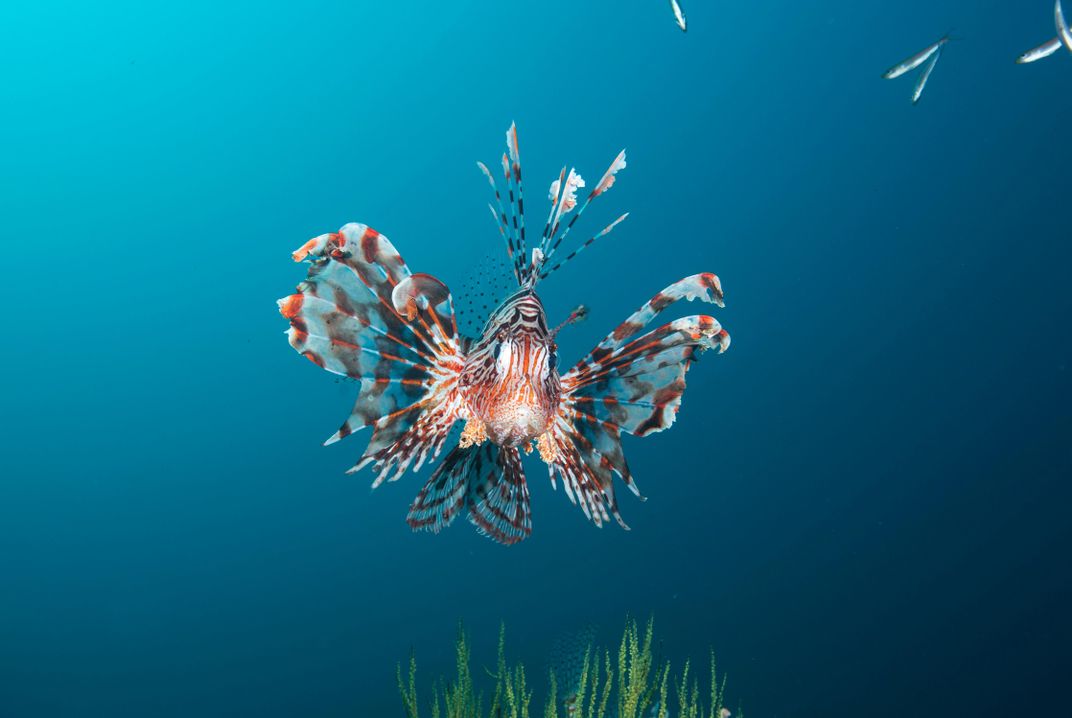
The coast of Fujairah is home to some of the UAE’s most spectacular scuba diving and snorkeling. Situated along the Gulf of Oman, it boasts eye-catching rock formations, reefs and shipwrecks that support a wide range of marine life. Near the town of Khor Fakkan is Martini Rock, one of the country’s most popular dive sites. The submerged coral outcrop, which resembles a martini glass above water, is located in a protected marine area and teems with everything from colorful corals to eels, scorpionfish, sea turtles and barracuda.
Not far from Martini Rock is the Inchcape 10, the largest of three steel crew boats sunk in the area for the purpose of creating artificial reefs. Today, the wreck is slowly disappearing beneath brightly colored pink and yellow corals abuzz with marine life, including morays, lionfish, nudibranches and eagle rays.
Up the coast in northernmost Fujairah, Dibba is renowned for its cave diving. From Dibba Port, take a dhow boat to “The Caves” and dive into the mystical underwater chambers via a series of sea-eroded limestone tunnels.
4) See endangered hawksbill turtles nest on Saadiyat Island
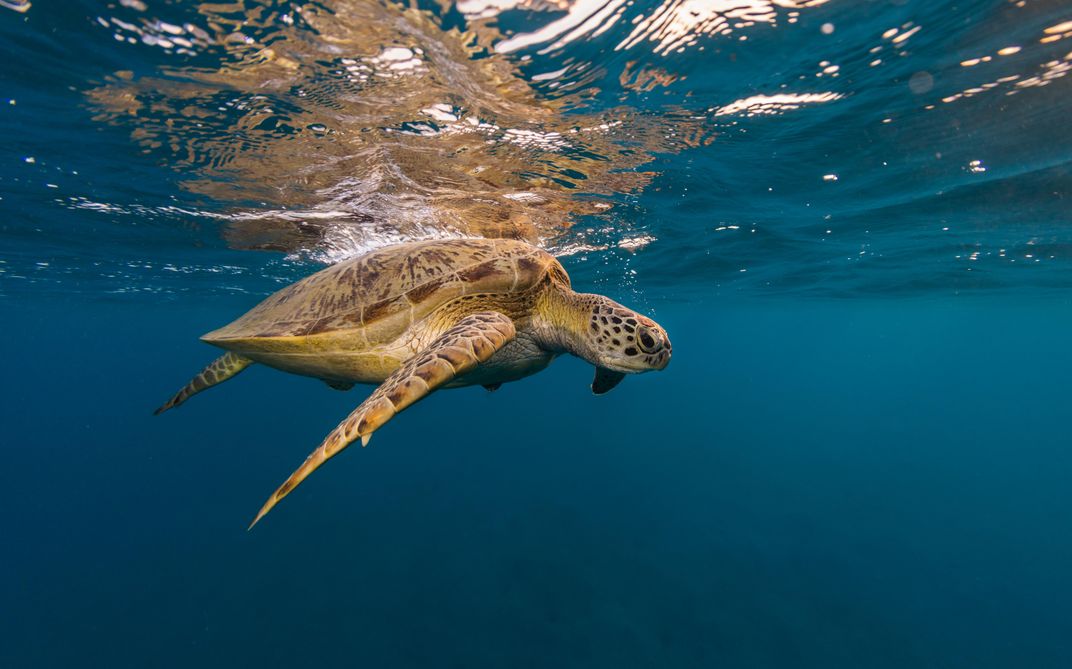
Every year from April through September, a 5.5-mile swath of beach on Abu Dhabi’s Saadiyat Island becomes a protected hawksbill turtle nesting area. Established in 2010, the Hawksbill Turtle Conservation Program was the first of its kind in the Gulf, and hundreds of the critically endangered turtles have hatched on Saadiyat since. Each morning during the six-month nesting period, staff from the surrounding St. Regis and Hyatt hotels scan the beach for signs of nesting and section nests off accordingly. Precautions are taken to afford the turtles safe passage to the sea, while also providing guests with boardwalk access. At night, hotels also dim their lights so as not to confuse newborn turtles, whose instincts tell them to move in the brightest direction.
5) See Flamingoes Up Close in the Umm Al Quwain Wetlands
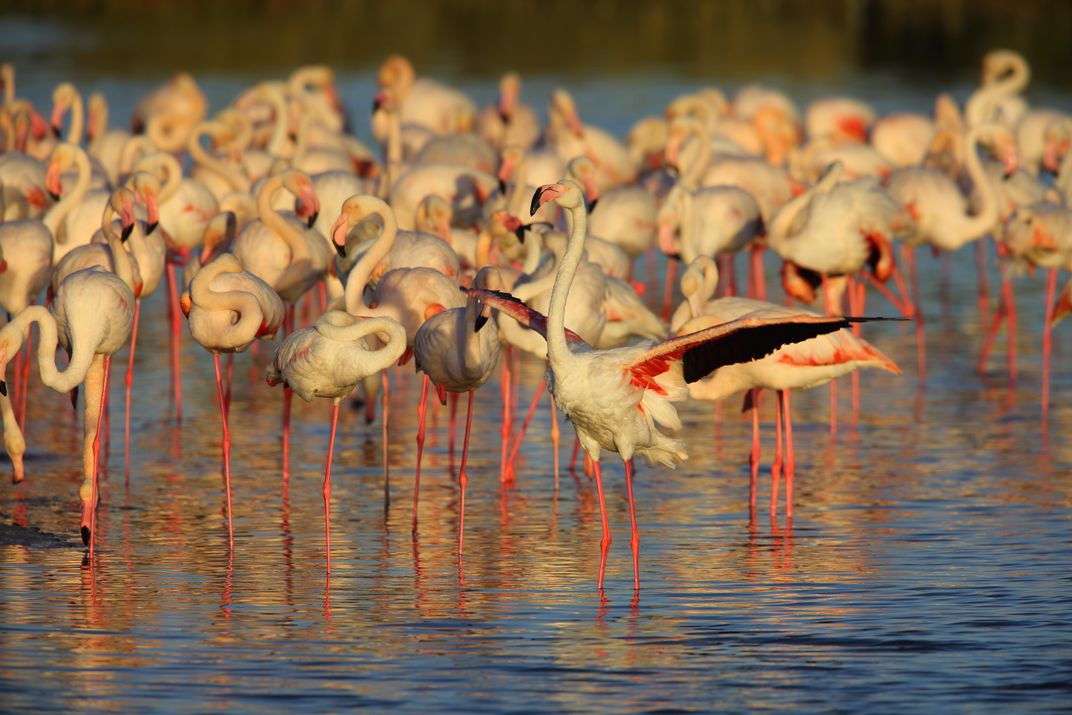
The emirate of Umm Al Quwain is known for its beautiful scenery, and its protected coastal wetlands are straight out of a fairytale. Water channels lined with mangroves weave through seven islands in a robins-egg-blue lagoon, and shallow areas and mud flats attract a vast number of migratory and endemic birds. The wetlands are best explored by boat, available for rent at the tourist center. Al Sinniyah, the largest of the islands, is a popular destination thanks to the Khor al Beidah Marine Reserve. Here, antelope dart between mangroves, flamingoes flock to sandy flats and the endangered Socotra cormorant flies ahead. Unaccustomed to human presence, wildlife in the Umm Al Quwain wetlands is rarely intimidated by approaching tours, treating visitors to up-close views. Umm Al Quwain is just one of several protected areas in the UAE where flamingoes steal the show, including Rhas Al Khor Wildlife Sanctuary in Dubai.
6) Kayak Through Mangroves in Mangrove National Park
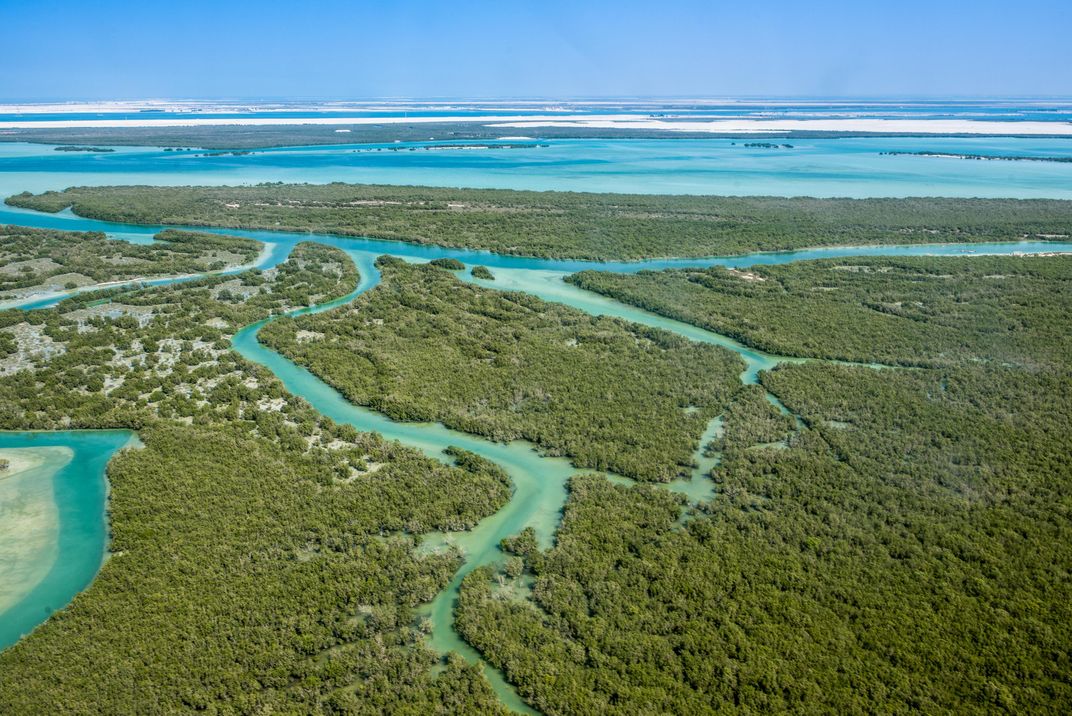
Mangroves are essential to the UAE’s ecosystem, and Mangrove National Park outside of central Abu Dhabi is the best place to see them. Spanning more than 250 acres, the park represents 75 percent of the total mangrove forest area in the UAE. A natural barrier against tidal surges, mangroves not only prevent erosion, but also remove carbon dioxide from the atmosphere and serve as important breeding grounds for marine life and birds. On Sea Hawk Water Sport’s two-hour kayak tour, spot western reef heron, flamingoes, mottled crabs, sea turtles and dolphins, among other wildlife.
7) Hike Past Ancient Fossils near Jebel Dhanna

Near Jebel Dhanna in northern Abu Dhabi lies a string of mountains and scenic cliffs known as the Baynunah and Shuwaihat Formations. Formed by the deposits of an ancient river, they suggest that the UAE was a verdant savannah during the Miocene period. Since 1979, hundreds of fossils dating back six-to eight millions years have been discovered in the formations, including a primitive three-toed horse, a crocodile and a four-tusked elephant. Just last year, the fossil of a previously unknown relative of the hippopotamus was discovered. Jebel Dhanna’s dramatic beauty and its geological significance make it one of the UAE’s top hiking destinations.
8) Discover One of the Largest Uninterrupted Deserts in the World
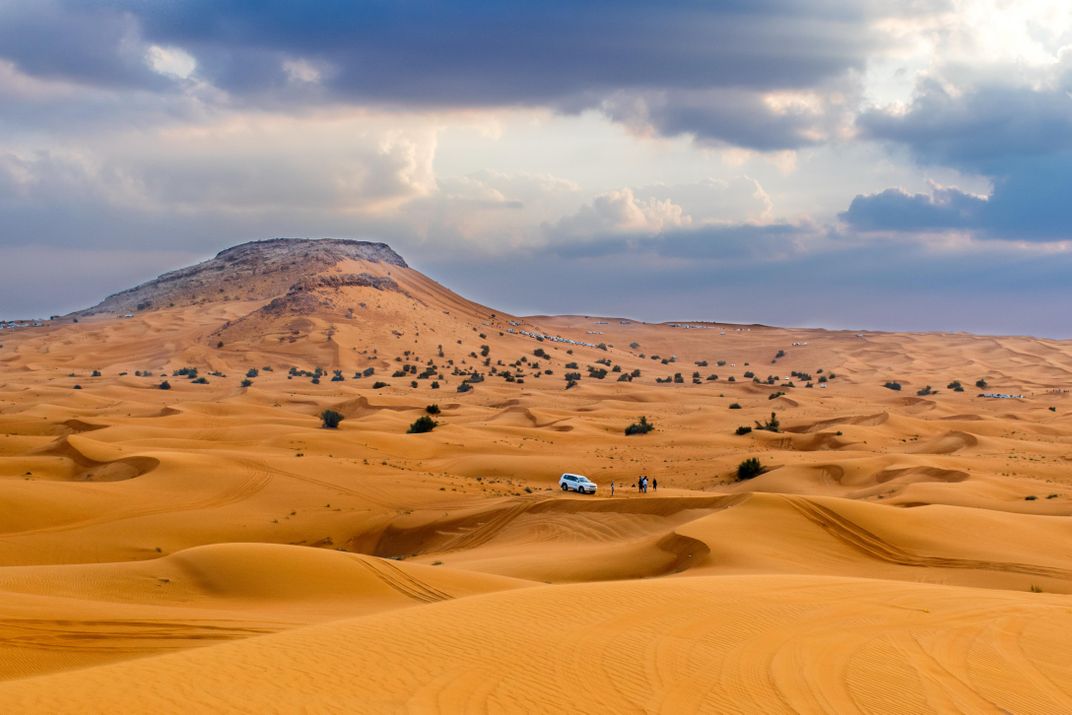
The best part of waking up in Qasr Al Sarab Resort by Anantara is the view. Perched on the edge of Abu Dhabi’s Empty Quarter in the Arabian Desert, the resort looks out a seemingly endless expanse of undulating orange-red sand dunes. Learn about local history and wildlife on a guided walk, bike through the dunes at dawn or try your hand at archery as desert tribesmen once did.
Adjacent to the resort is the fenced Qasr al Sarab Eco-Reserve, where Arabian oryx have been released into the wild through the Sheikh Mohamed bin Zayed Arabian Oryx Reintroduction Program. Driven to near extinction in the 1970s, the oryx population in the UAE now totals 6,900 thanks to conservation efforts.
9) Birdwatch in a Former City Dump
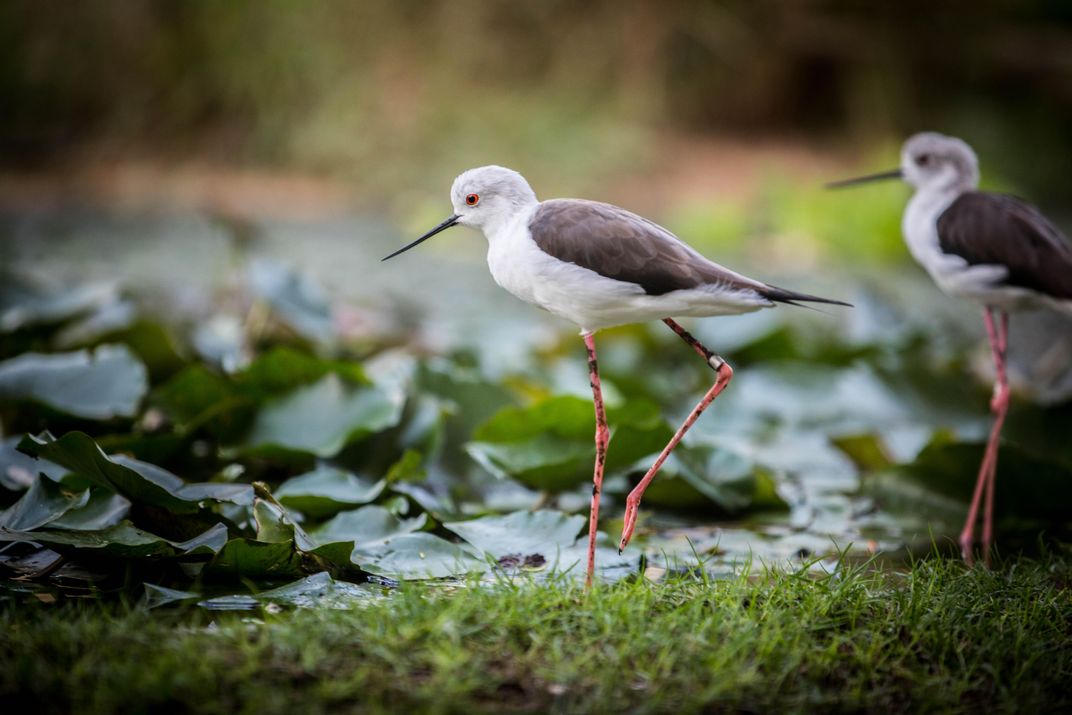
Just ten years ago, Wasit Nature Reserve in Sharjah was an illegal trash dump. Now, the small, coastal wetland has been restored as an important haven for birdlife. More than 60 species of endemic and migratory birds, including two percent of the world’s population of black-winged stilts, can be seen from viewing platforms around the reserve’s perimeter and within Visitor Center enclosures. Sand gazelles also roam the reserve as part of Sharjah’s Breeding Center for Endangered Arabian Wildlife.
Similar to Wasit in both size and set-up, Al Wathba Wetland Reserve lies 25 miles southeast of Abu Dhabi. Established in 1988, Al Wathba was declared an internationally significant wetland by the intergovernmental Ramsar Convention in 2013. Two hundred fifty species of birds call the reserve home, including a flamingo population which exceeds 4,000 in the spring and fall. Guests can learn about the reserve’s different inhabitants in the Visitor Experience Center and along its nature trails, open Thursdays and Saturdays outside of breeding season.
10) Explore the UAE’s First National Park from the Back of a Camel
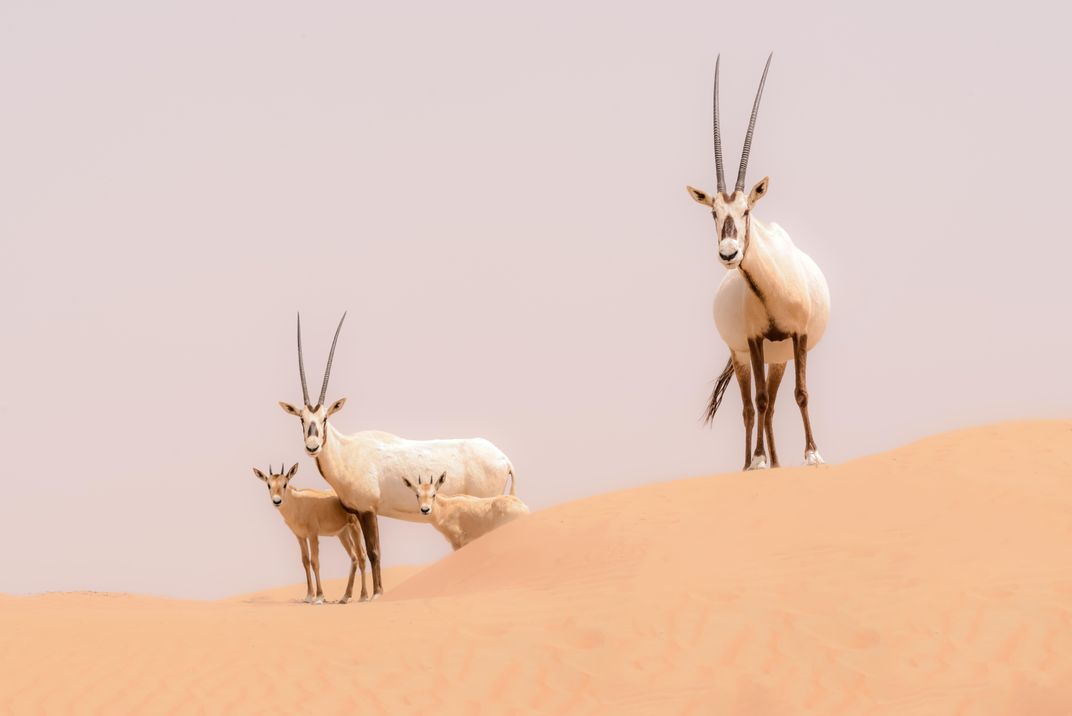
Dubai Desert Conservation Reserve offers visitors sweeping views of desert dunes and the chance to spot the reserve's herd of over 400 endangered Arabian oryx. Experience the reserve's dramatic terrain as the Bedouin once did – on the back of a camel. One of only a handful of tour operators who can bring visitors in the reserve, Platinum Heritage has perfected the camel safari. From high above the sand, watch the shadow of your convoy stretch across mountainous dunes. Before departing, enjoy dinner in a traditional Bedouin camp while learning about time-honored activities such as henna, falconry and bread making.
The Editorial Staff of Smithsonian magazine had no role in this content's preparation.
:focal(2165x1844:2166x1845)/https://tf-cmsv2-smithsonianmag-media.s3.amazonaws.com/filer/cf/95/cf95c944-9472-40b3-a75b-361c89608c7d/istock-583691500.jpg)